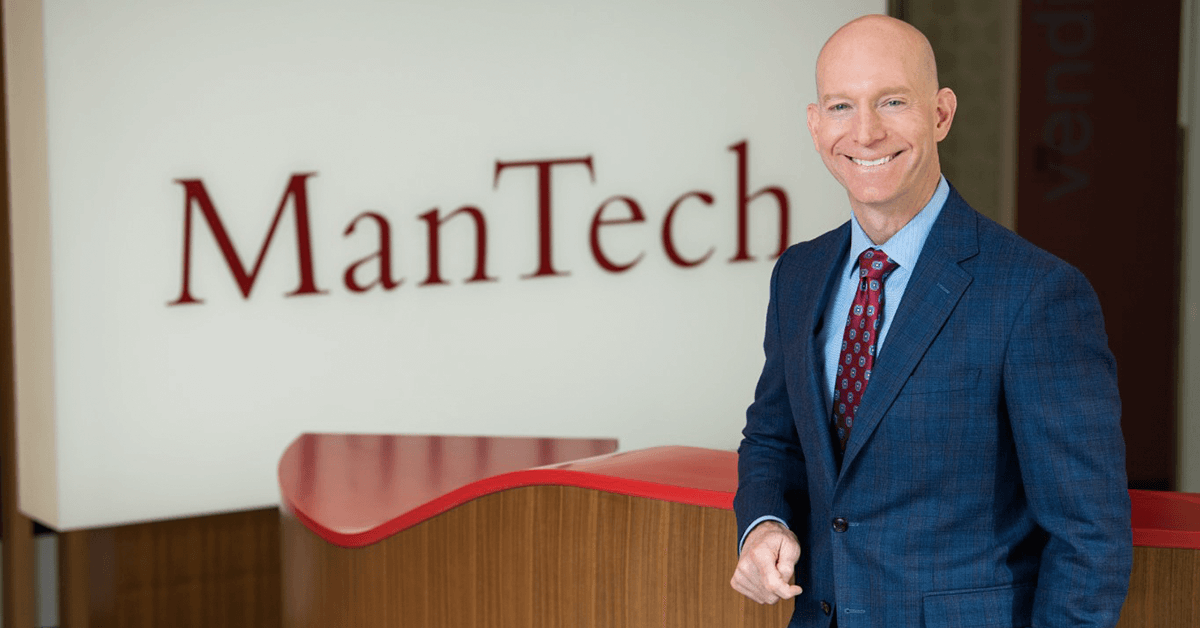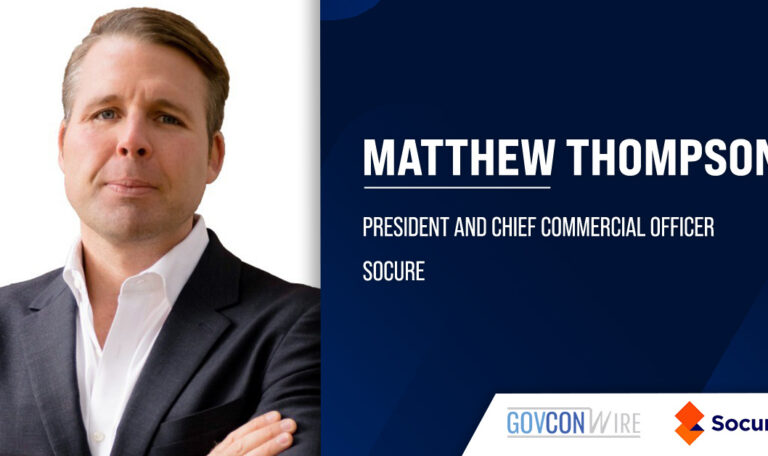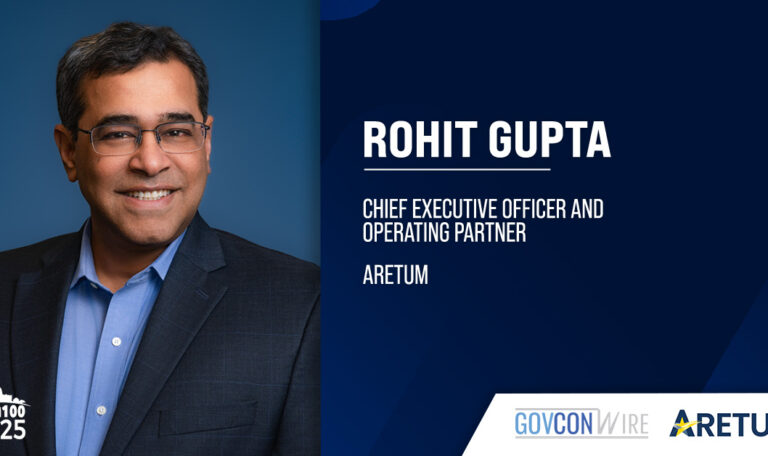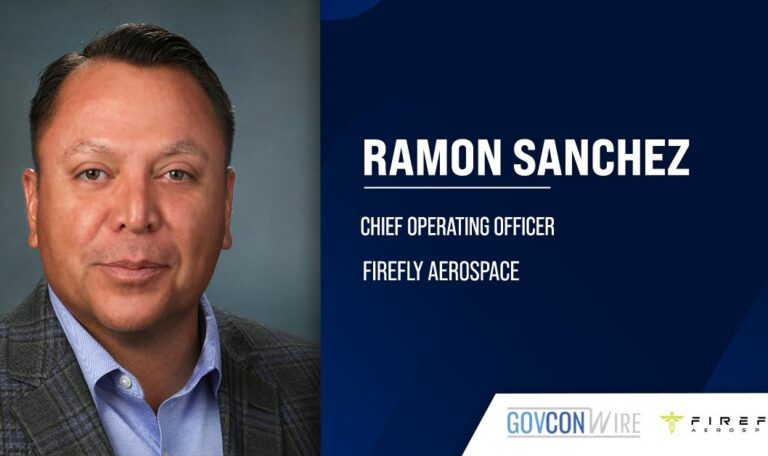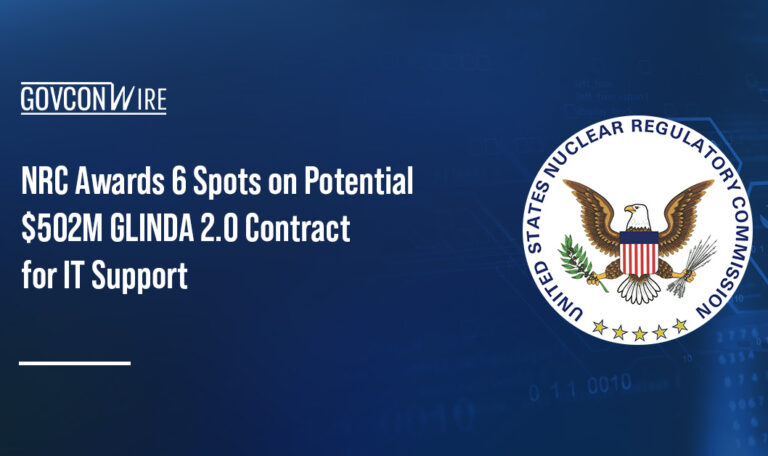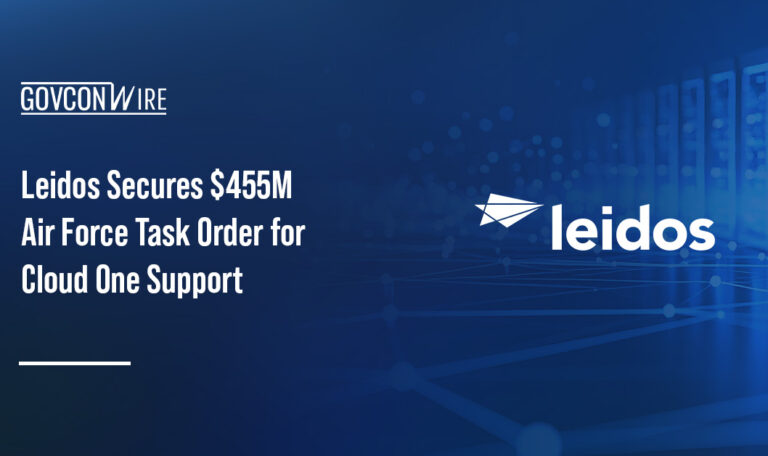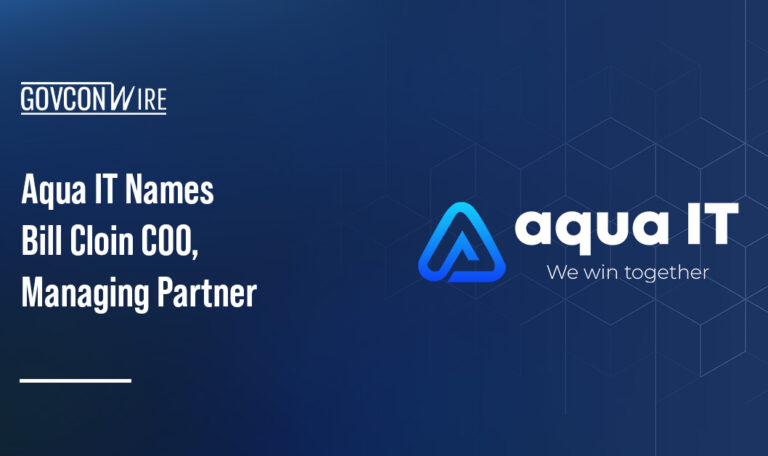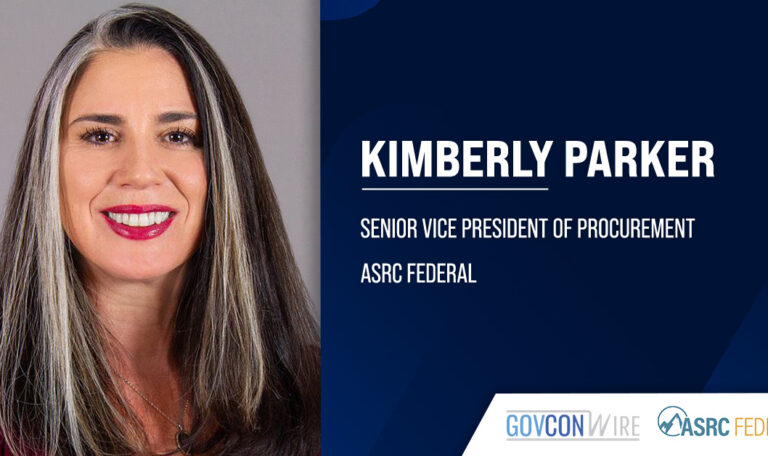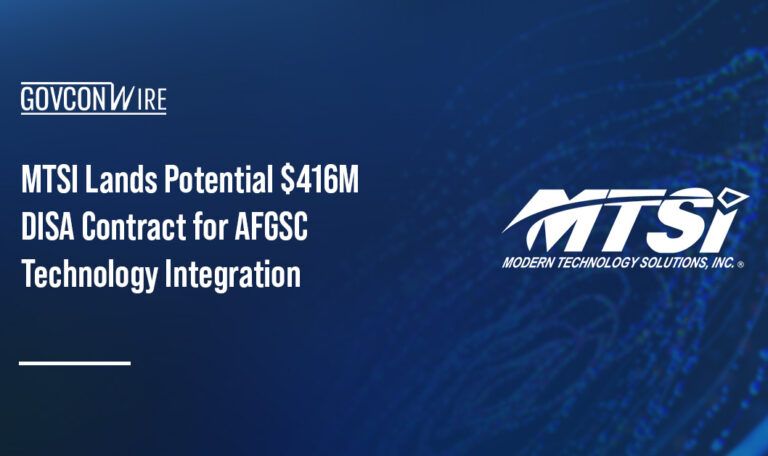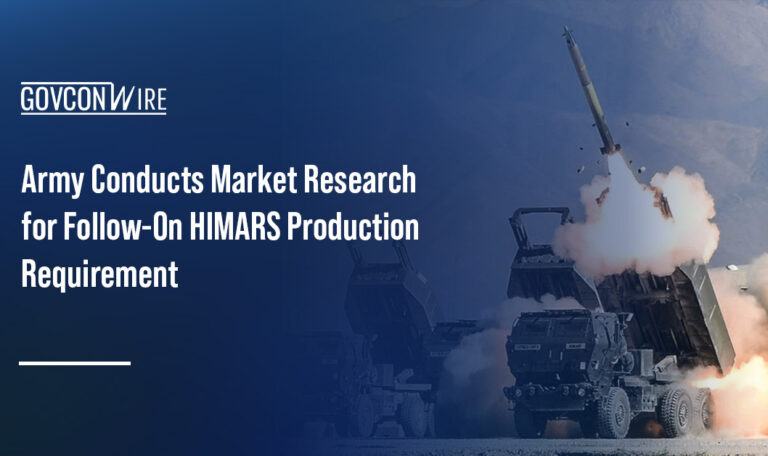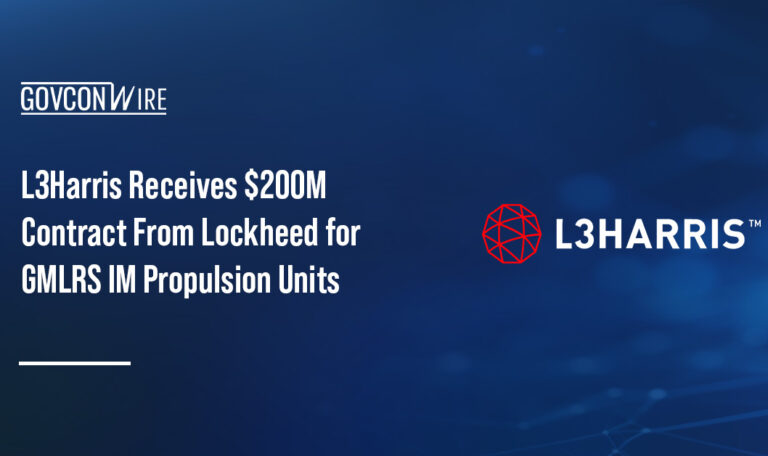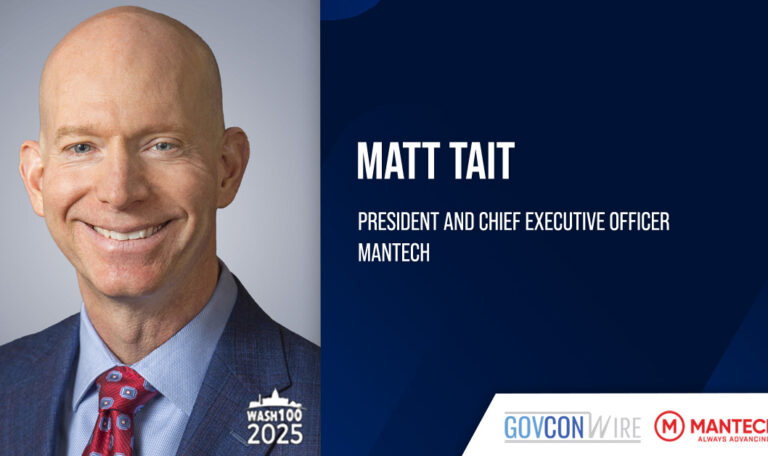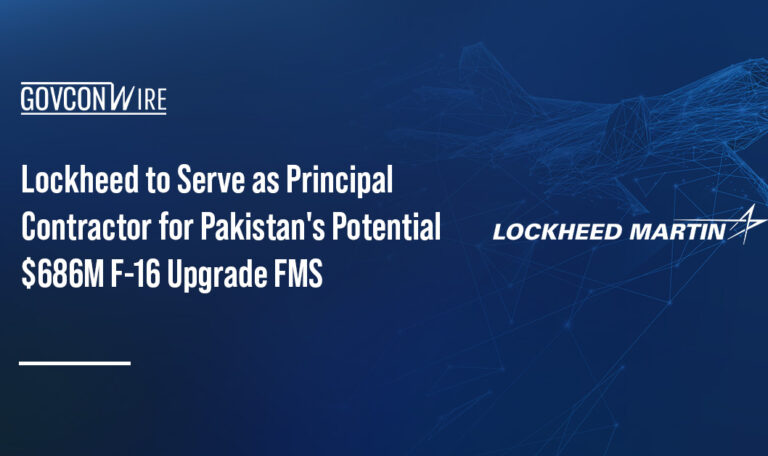Today, the pace of technological innovation and change is faster than ever before. In order to stay ahead of the curve, government contractors must adapt to and embrace emerging technologies quickly, effectively and responsibly.
In this interview, Executive Mosaic spoke with ManTech CEO and President Matt Tait to learn more about how ManTech is responding to and harnessing rapid innovation in areas like artificial intelligence and cyber. Tait, a two-time Wash100 Award winner and a former Navy aviator, also shared insight into ManTech’s future after standing up four new practices this year.
Read below for Matt Tait’s full Executive Spotlight interview.
Tell me about the current state of the artificial intelligence market. Where are you seeing new opportunities in AI, and where do you think the market is heading?
AI has been the hot topic of the past year, and it’s likely to stay that way for many years. The newest generation of AI is amazing, and it’s changing incredibly fast, so there are always new opportunities emerging. Any time you see challenges in absorbing vast quantities of data, finding patterns, making sense out of data or presenting information, there is an opportunity for AI to help.
ManTech is proud to have supported government clients’ AI needs for more than a decade and we’re constantly finding new ways they can benefit. One example is AI that helps support Customers and Border Protection to stop cross-border shipment of illegal drugs.
As a trusted advisor to government we look at how AI can support and improve mission outcomes. This means a deep, thoughtful engagement with each client. ManTech has designed our AI Turbocharger™ methodology to guide a successful outcome every step of the way. We start with a workshop to determine the biggest mission challenges and the places AI can help. Then we assess areas where AI projects get stuck if not done correctly: data availability and readiness, infrastructure and human workflow processes, to name a few. From there, we define a phased AI Journey that makes sense for that client and their mission goals, and we implement that journey incrementally, with checkpoints at key stages. The end result is an operational AI system.
As to where the AI market is heading, based on ManTech’s decade plus of experience, we know that those who follow a fully outcome-based approach will successfully address their clients’ toughest challenges and accelerate mission performance. It’s why we are building AI into everything we do — internally, via our ‘Proven here First’ approach, and externally. AI is about making humans superhuman.
Generative AI has been the source of a major AI boom in the last year, but some of these tools are also proving to be risky. How do you think cybersecurity will have to evolve to stay ahead of potential threats posed by AI tools?
You’re absolutely right. Generative AI is an incredible tool. But there is definitely the risk of bad actors using generative AI models to target enterprise systems.
Experience definitely makes all the difference in combating these threats. ManTech has been ‘left of boom’ in both cyber and AI for many years. In fact, we have been providing sophisticated, full-spectrum cyber solutions to government clients for over two decades — before the field even had the name ‘cyber.’ Our deep knowledge in this field has proved invaluable to finding network and systems vulnerabilities that can be leveraged to prevent any penetration — and to fight back. And long before generative AI became a hot topic, we were experts in neural networks and other advanced forms of AI that have proved invaluable and in many ways set the stage for today’s generative AI.
At ManTech we have integrated cyber and AI in our market-leading cognitive cyber — merging our proven experience in both fields to detect and deter cyber risks including those that use generative AI.
ManTech’s cognitive cyber helps the enterprise detect suspicious activities and respond rapidly, preventing potential cyberattacks or reducing their impact. Cognitive cyber also helps defenders with alerts that cut the time spent processing false positives by continuously learning and adapting to changes in attackers’ assault tactics. These advantages help AI to maintain effectiveness in a rapidly evolving threat landscape.
Then there are the potential risks that can arise from issues in data security hygiene and cloud compatibility. Some of the leading generative AI models are only hosted on the cloud, so government organizations need to make sure they only use those models — with data at the level the individual cloud and model are authorized for. In the cybersecurity realm, it’s important to audit use of generative AI for potential misuse by insiders, whether intentional or not. Just like with external bad actors, the best evolution to address that risk is more AI, with a cognitive cyber solution that can spot new patterns and subtle implications.
Speaking of the future, your reference to the ‘AI boom’ brings another point to mind: the importance of choosing trusted, proven AI advisors who will be around for the long term. Stanford University’s Artificial Index shows that in 2023, venture capital companies funded 1,812 new AI companies. That’s a 41 percent increase over 2022, which raises a key question: Do they know how to apply their AI approach in the cyber realm? Every enterprise interested in AI should look for a trusted advisor that has proven experience in both fields — and staying power.
Speaking of cybersecurity, what do you think is the biggest threat facing U.S. cyber systems today, and what can be done to protect against that threat?
Actually I see two major threats: continued reliance on conventional cyber solutions — and time. If current cyber defenses don’t leverage offense-informed cyber solutions that find and fix vulnerabilities in real time, attackers will always be one step ahead. Integrating AI with full-spectrum cyber, as ManTech does, solves this challenge with defenses that learn and puts time on your side.
Government and the private sector alike need to build and operate defensible and resilient capabilities and architectures. Government must also deter threats that target and exploit U.S. systems and critical infrastructure in an environment where the threat is continuously evolving.
AI and automation have the power to increase our nations’ speed and effectiveness in developing and operating highly defensible environments. AI can also speed our ability to reveal anomalies and solve one of the hardest national challenges, attribution of hackers. Attribution is critical to deterrence.
AI-driven cyberattacks are smart and continuously evolve in their hunt for vulnerabilities. The good news is that capabilities like cognitive cyber are available to defend both government and industry. And there’s no time like the present to adopt these measures and strengthen defenses. Sophisticated AI-powered solutions can detect and halt a wide variety of cyberattacks and of course, regularly training your people to be on the alert for anything that looks the least bit suspicious is foundational.
Where are you seeing opportunities for expansion in ManTech’s portfolio? What new capabilities or markets are you eyeing?
ManTech started 2024 well positioned to drive innovation with our high-tech, highly differentiated solutions. In Q1 this year, we stood up our four key practices — Cognitive Cyber, led by former Navy CISO and Principal Cyber Advisor Chris Cleary; Data Analytics & AI, led by Brandy Durham; Digital Transformation, led by Chris Copeland; and Mission & Enterprise IT, led by Dr. Doug Orellana. Each team has extraordinary depth of talent and subject matter experts and the roster continues to grow.
A lot of ManTech’s outstanding achievements have been powered by AI and machine learning, while also using the best advances specific to each field, from cybersecurity to intelligent systems engineering, or ISE, and software development. This year we have used AI not only to stop illegal drug trafficking into the U.S. but also to help interdict human smuggling.
In our defense sector, we are putting AI to work for U.S. Air Force human resources, which serves more than 500,000 active-duty, guard, retired and civilian personnel — the heartbeat of the U.S. Air Force. We are using AI and enterprise engineering to lay the groundwork for full digital transformation of this organization.
AI is helping drive advances in detecting and identifying Insider threat risks for government clients. We are also using AI to help clients with code development, improvement and digital modernization of software apps.
We’ve talked about AI and cyber. Which other emerging technologies or areas do you anticipate will have the greatest impact on the federal landscape in the next few years?
At ManTech we see — because we are already involved in these areas — significant advances in such areas as quantum high performance computing, directed energy, hypersonics, live, virtual & constructive and other high-end technologies. The key to realizing and benefitting from their full potential is the combination and integration of capabilities — how this all comes together is what will make the greatest difference and impact.
ManTech’s key driver is our ability to bring high tech, high-end engineering solutions together in ways that solve clients’ toughest challenges and take mission support to unprecedented levels of success.
ManTech is already achieving this level of integration between our cognitive cyber, analytics and AI, intelligent systems engineering and mission IT capabilities. Our proven ability to bring high tech, high-end engineering solutions together in ways that solve clients’ toughest challenges and take mission support to unprecedented levels of success is key.
One example is our space work for the U.S. Air Force and Space Force, where we build our cognitive cyber and mission IT into ISE for major launches in digital engineering environments that provide one authoritative source of truth.
When the James Webb Space Telescope shoots imagery of the farthest reach of the stars, ManTech’s work makes sure these images are possible — and sent back to earth fully secured.
When you think and operate the way we do at ManTech then the sky’s the limit now and in the future.


